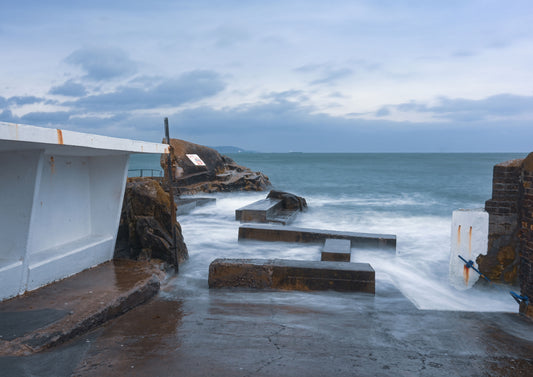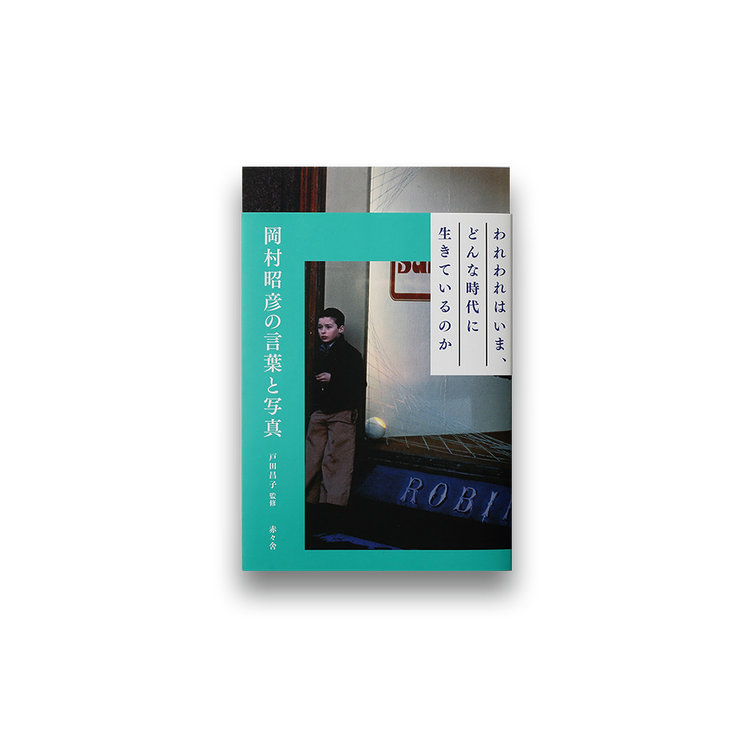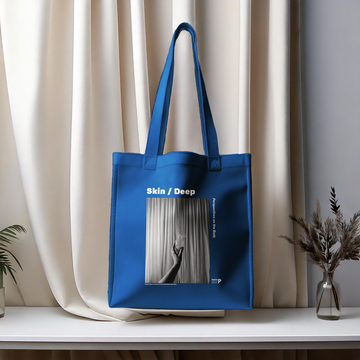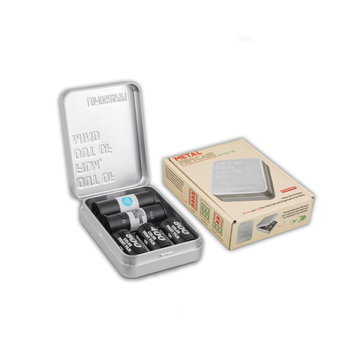
What kind of era are we living in now? by Akihiko Okamura
Description
More
Less
Photographs of Akihiko Okamura
Okamura Akihiko (1929-85) made his international debut as a photojournalist with nine pages of photographs of the Vietnam War published in the June 12, 1964, issue of LIFE magazine. He was immediately seen as the next Robert Capa. In 1965, he scored another scoop by obtaining an interview with Huynh Tan Phat,the second highest official in the National Liberation Front for South Vietnam(NLF), but was then banned from re-entering South Vietnam for five years. While unable to visit South Vietnam, Okamura worked as a photojournalist in the Dominican Republic, Hawaii, and Tahiti and, in 1968, moved to Ireland with his family. His purpose in moving to Ireland was not only to photograph the “Troubles” in Northern Ireland. He was also in search of the ancestral roots of John F. Kennedy, America's first Irish-American president, who regarded the Vietnam War as an experiment in warfare in the nuclear age. From his base in Ireland, he also became the first Japanese photojournalist to photograph the war for independence in Biafra. Then, when the prohibition on his visiting Vietnam was lifted in 1971, he succeeded in documenting the defeat of the South Vietnamese army (ARVN) in the Laotian Incursion, despite robust controls on reporting. In his later years, he became interested in bioethics and became involved with issues related to the hospice movement.
Okamura Akihiko's career pointedly questions the nature of the times in which we are now living. Might we say that he is a model for the way in which we Japanese should live at this moment in world history?
This exhibition is composed of new prints, primarily of unpublished photographs, based on the results of research on Okamura's surviving color positive films. The significance of these prints cannot be confined to the limits implied by the term "photojournalism." They allow us to unearth traces of Okamura's thoughts and feelings and to see how this exemplary human being perceived the world through the lens of his camera.
2020
Akakasha Co., Ltd.Book
256 pages | w127 × h188mmEdit | Masako Toda
Bookbinding design and binding | Shoichi Onishi
Description
Photographs of Akihiko Okamura
Okamura Akihiko (1929-85) made his international debut as a photojournalist with nine pages of photographs of the Vietnam War published in the June 12, 1964, issue of LIFE magazine. He was immediately seen as the next Robert Capa. In 1965, he scored another scoop by obtaining an interview with Huynh Tan Phat,the second highest official in the National Liberation Front for South Vietnam(NLF), but was then banned from re-entering South Vietnam for five years. While unable to visit South Vietnam, Okamura worked as a photojournalist in the Dominican Republic, Hawaii, and Tahiti and, in 1968, moved to Ireland with his family. His purpose in moving to Ireland was not only to photograph the “Troubles” in Northern Ireland. He was also in search of the ancestral roots of John F. Kennedy, America's first Irish-American president, who regarded the Vietnam War as an experiment in warfare in the nuclear age. From his base in Ireland, he also became the first Japanese photojournalist to photograph the war for independence in Biafra. Then, when the prohibition on his visiting Vietnam was lifted in 1971, he succeeded in documenting the defeat of the South Vietnamese army (ARVN) in the Laotian Incursion, despite robust controls on reporting. In his later years, he became interested in bioethics and became involved with issues related to the hospice movement.
Okamura Akihiko's career pointedly questions the nature of the times in which we are now living. Might we say that he is a model for the way in which we Japanese should live at this moment in world history?
This exhibition is composed of new prints, primarily of unpublished photographs, based on the results of research on Okamura's surviving color positive films. The significance of these prints cannot be confined to the limits implied by the term "photojournalism." They allow us to unearth traces of Okamura's thoughts and feelings and to see how this exemplary human being perceived the world through the lens of his camera.
2020
Akakasha Co., Ltd.Book
256 pages | w127 × h188mmEdit | Masako Toda
Bookbinding design and binding | Shoichi Onishi
You May Also Like








